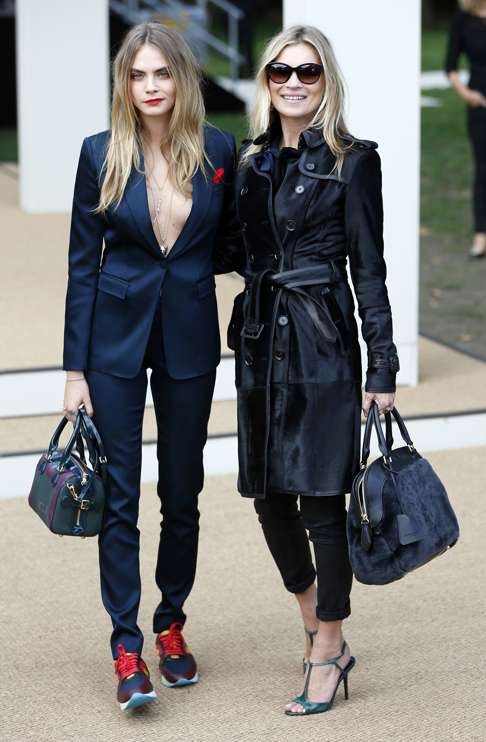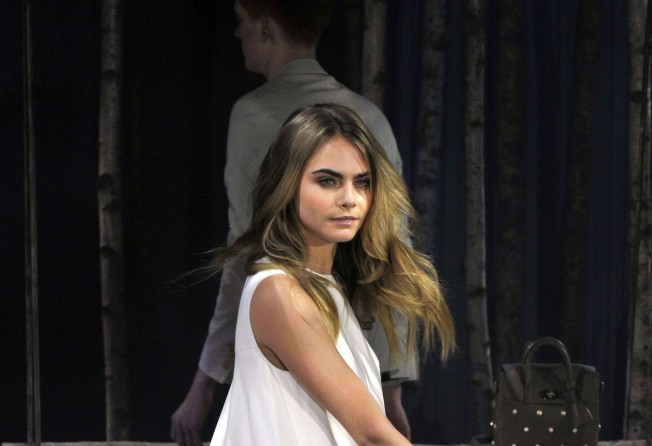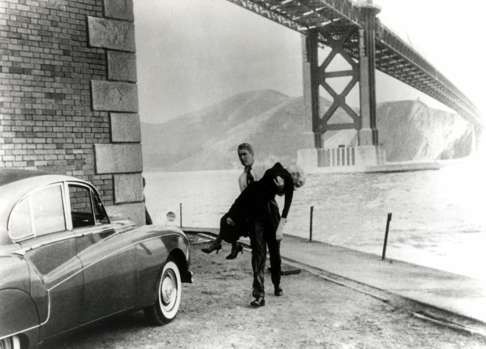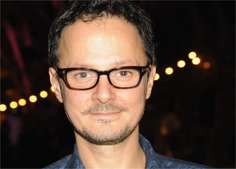
By all means paint Cara Delevingne, but don’t call model your muse
Painter Jonathan Yeo’s use of the word ‘muse’ to describe the fashion model and actress is jarring in this day and age; it smacks of an era when men were the creators and women their inspiration

The portraitist Jonathan Yeo has been painting, and enthusing about, model Cara Delevingne. She’s a “perfect subject and muse”, he says, for a series of paintings in which he claims to be exploring the nature of identity in the social media age – in other words, painting her taking a selfie and showing off her tattoos.
Yeo’s paintings are less interesting – much less interesting – than his use of that hallowed word “muse” to describe Delevingne. Is this fashion model of the moment about to become as popular with (male) artists as Kate Moss? A remarkable number and variety of artists have found a muse in Moss. Entire exhibitions have been staged about her image in art; Marc Quinn’s contorted statue and Lucian Freud’s nude portrait have helped raise her into modern legend.

The trouble with musehood is that it implies a creative hierarchy of gender. Men create, and women inspire them. The Victorians adored this idea. It was not enough for them to desire a model – they had to raise up their lust into a mystical idea of poetic inspiration. Thus Dante Gabriel Rossetti obsessed artistically about the luscious lips and well-conditioned hair of Jane Morris, in paintings that worship her as much as they desire her. The Pre-Raphaelites’ fascination with muse figures – Elizabeth Siddal, who posed as Ophelia for Millais , being another – was a typically Victorian confusion of lust and spirituality.
In the same age that these British painters were cloaking desire under a veil of sentimental poesie, the French modernist Edouard Manet was repeatedly painting his favourite model Victorine Meurent naked and clothed. Yet it is inaccurate to call Meurent a muse. She was simply a paid model, and the no-nonsense directness of her gaze as she poses naked in Manet’s Olympia makes a mockery of the dreamy associations of that old word “muse”.


Hitchcock was a child of Edwardian England and the idea of the muse is a strange legacy of the Victorian and Edwardian ages. Perhaps it seems older, but that is not so. Artists in the Renaissance were much less hypocritical – their interest in female or male models was openly sexual, as it was for Picasso.
If Yeo fancies Delevingne he should just say so. Calling a model a muse is as archaic and ridiculous as putting a fig leaf on a nude.
The Guardian